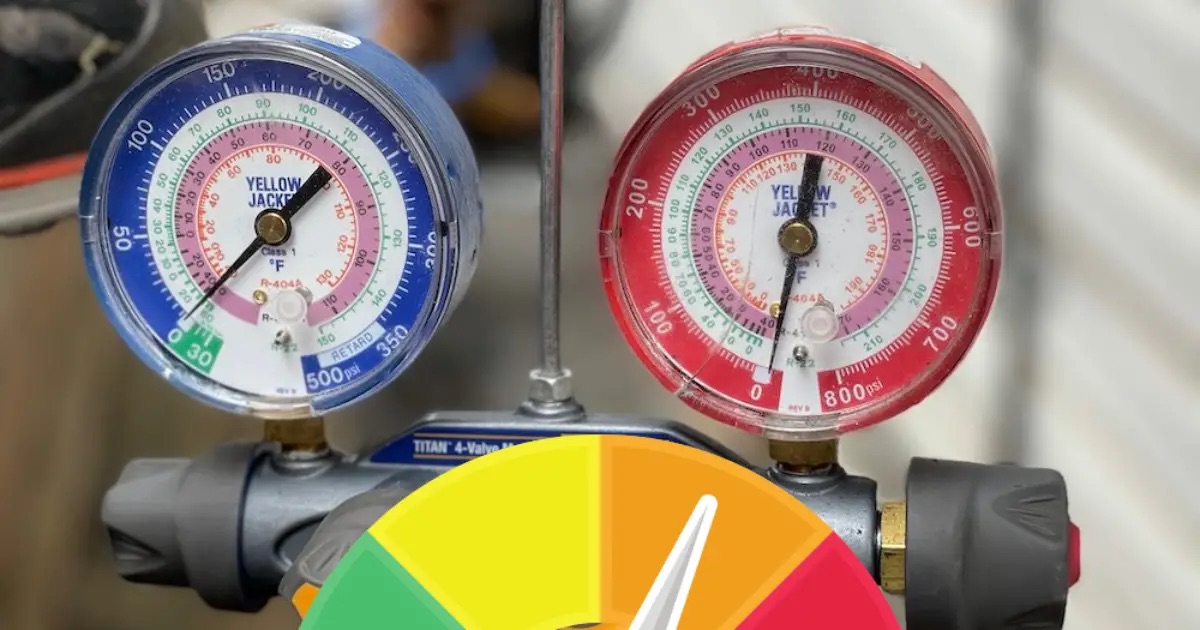

Articles
AC Low Pressure Drops To Zero When Running
Modified: October 18, 2024
Experience low AC pressure drops to zero when running? Read our informative articles to learn about possible causes and solutions to this common issue.
(Many of the links in this article redirect to a specific reviewed product. Your purchase of these products through affiliate links helps to generate commission for Storables.com, at no extra cost. Learn more)
Introduction
Having an air conditioning (AC) system in good working condition is essential for keeping your living and working spaces cool and comfortable. However, sometimes you may encounter issues with your AC system, such as low pressure drops to zero. This problem can cause your AC system to malfunction and fail to provide cool air. Understanding the causes and effects of AC low pressure drops to zero is crucial in troubleshooting and fixing the issue.
In this article, we will dive into the possible reasons behind AC low pressure drops to zero, the effects it can have on your AC system, and the steps you can take to troubleshoot and fix the problem. By gaining this knowledge, you will be equipped with the information needed to ensure the proper functioning of your AC system and maintain a comfortable indoor environment.
Key Takeaways:
- Addressing low pressure drops to zero in your AC system is crucial to prevent loss of cooling capability, increased energy consumption, potential system damage, reduced indoor air quality, and indoor humidity issues. Prompt troubleshooting and professional assistance are essential.
- Regular maintenance, including checking for refrigerant leaks, inspecting the compressor, cleaning or replacing air filters, and optimizing ductwork, is vital to prevent low pressure drops and ensure optimal AC system performance. Professional expertise is necessary for complex repairs and maintenance.
Read more: How To Test HVAC Low Pressure Switch
Causes of AC Low Pressure Drops to Zero
When your AC system experiences a low pressure drop to zero, it indicates a significant problem that needs to be addressed. Several factors can contribute to this issue:
- Refrigerant Leak: One common cause of low pressure drops to zero is a refrigerant leak. The refrigerant is responsible for absorbing heat from the indoor air and releasing it outside. When there is a leak, the refrigerant level decreases, resulting in a drop in pressure. This can lead to a complete loss of pressure, causing your AC system to stop functioning.
- Faulty Compressor: The compressor is the heart of the AC system, responsible for pressurizing the refrigerant and circulating it throughout the system. A malfunctioning or faulty compressor can cause the pressure to drop to zero. This can be due to issues such as a faulty valve, worn-out components, or electrical problems.
- Blocked or Restricted Airflow: Another possible cause of low pressure drops is a blockage or restriction in the airflow. This can happen when the air filters are dirty, the condenser coil is clogged with debris, or there are restrictions in the ductwork. When the airflow is restricted, the refrigerant cannot effectively absorb heat, leading to a drop in pressure.
- Malfunctioning Expansion Valve: The expansion valve regulates the flow of refrigerant into the evaporator coil, helping to maintain the correct pressure levels. If the expansion valve is faulty or stuck in the closed position, it can result in a pressure drop to zero. This can occur due to debris buildup, a broken valve, or a failure in the valve control system.
These are just a few of the potential causes of low pressure drops to zero in an AC system. It is important to identify the specific cause to effectively troubleshoot and fix the issue. Consulting with a professional HVAC technician is recommended to accurately diagnose the problem and carry out the necessary repairs.
Effects of AC Low Pressure Drops to Zero
When your AC system experiences a low pressure drop to zero, it can have several negative effects on both the system itself and your overall comfort:
- Loss of Cooling Capability: The primary function of an AC system is to cool the indoor space. When the pressure drops to zero, the refrigerant cannot effectively absorb heat from the air, resulting in a loss of cooling capability. This can leave you feeling uncomfortable and unable to maintain a pleasant indoor temperature.
- Increased Energy Consumption: A low-pressure condition in the AC system can cause it to work harder to try to overcome the issue. This increased strain on the system leads to higher energy consumption. As a result, you may experience a spike in your energy bills.
- Potential System Damage: A prolonged low-pressure condition can cause damage to various components of the AC system. For instance, a lack of refrigerant can lead to compressor damage, as the lack of lubrication can result in increased friction and overheating. Additionally, a refrigerant leak can cause corrosion in the system, reducing its efficiency and lifespan.
- Reduced Indoor Air Quality: When the AC system is not working properly, it can impact the indoor air quality. A lack of proper cooling can result in increased humidity levels, leading to discomfort and potential mold growth. In addition, a clogged or dirty filter can circulate allergens and pollutants, affecting the air you breathe.
- Indoor Humidity Issues: AC systems help to regulate indoor humidity levels by removing excess moisture. When the pressure drops to zero, the system may struggle to dehumidify the air effectively. This can result in increased humidity levels, leading to a muggy and uncomfortable indoor environment.
These effects highlight the importance of addressing the issue of low pressure drops to zero in your AC system promptly. By taking the necessary steps and seeking professional help, you can restore the functionality of your AC system, improve comfort, and prevent further damage and expenses.
Check for leaks in the AC system, including the compressor, hoses, and connections. Low pressure can be caused by a leak, which will need to be repaired before recharging the system.
Troubleshooting AC Low Pressure Drops to Zero
When faced with the issue of low pressure drops to zero in your AC system, it is important to follow a systematic troubleshooting process to identify the root cause. Here are some steps you can take:
- Check for Refrigerant Leaks: Start by inspecting your system for any signs of refrigerant leaks. Look for oil stains or residue near the refrigerant lines or connections. If you suspect a leak, it is best to consult with an HVAC professional who can accurately locate and repair the leak.
- Inspect the Compressor: Examine the compressor for any visual signs of damage or malfunctioning components. Listen for any unusual noises coming from the compressor, as this may indicate a problem. If you notice any issues, it is advisable to seek professional help to repair or replace the compressor.
- Clean or Replace Air Filters: Dirty air filters can restrict airflow, leading to a drop in pressure. Check and clean or replace your air filters regularly to ensure proper airflow. This simple step can sometimes resolve the low-pressure issue.
- Clean the Condenser Coil: A clogged condenser coil can hinder the heat transfer process, resulting in low pressure. Clean the condenser coil by removing any debris, such as dirt or leaves, that may have accumulated. This will improve airflow and alleviate the pressure drop.
- Inspect the Expansion Valve: Check the expansion valve for any signs of malfunction. Ensure that it is not stuck in the closed position or blocked by debris. If necessary, consult a professional to repair or replace the expansion valve.
- Check for Ductwork Restrictions: Examine the ductwork for any restrictions, such as blockages or kinks. Ensure that all vents and registers are fully open and not obstructed by furniture or other objects.
If these troubleshooting steps do not resolve the issue, it is recommended to contact a qualified HVAC technician. They have the expertise and tools to diagnose the problem accurately and suggest the appropriate repairs or replacements to restore your AC system to full functionality.
Steps to Fix AC Low Pressure Drops to Zero
Fixing the issue of low pressure drops to zero in your AC system requires careful attention and professional expertise. Here are the steps that may be involved in resolving the problem:
- Recharge the Refrigerant: If a refrigerant leak is detected as the cause of the low pressure, it is essential to fix the leak and recharge the system with the appropriate amount of refrigerant. This should be done by a licensed HVAC technician to ensure proper handling and prevent further leaks.
- Repair or Replace the Compressor: If the compressor is found to be faulty or malfunctioning, it may need to be repaired or replaced. This task is best left to a professional technician, as working with the compressor requires specialized knowledge and tools.
- Clean or Replace Air Filters: If dirty air filters were identified as the cause, clean or replace them to ensure proper airflow. Regular maintenance of air filters is important to prevent future pressure drops and ensure efficient air circulation.
- Clean the Condenser Coil: If the condenser coil is clogged with debris, it needs to be cleaned to improve heat transfer and restore proper pressure levels. This can be done by gently removing dirt and debris from the coil using a soft brush or by using compressed air.
- Repair or Replace the Expansion Valve: If the expansion valve is stuck or malfunctioning, it may need to be repaired or replaced. A professional technician will be able to assess the situation and determine the best course of action.
- Inspect and Optimize Ductwork: Check the ductwork for any restrictions, leaks, or damage. Repair any issues and ensure proper insulation to maximize airflow and prevent future pressure drops.
- Regular Maintenance: To prevent future occurrences of low pressure drops, it is crucial to schedule regular maintenance for your AC system. This includes cleaning, lubricating moving parts, checking refrigerant levels, and inspecting electrical connections. Regular maintenance can help identify and address potential issues before they escalate.
Remember, AC system repairs and maintenance should be carried out by qualified professionals. Attempting to fix complex issues without the necessary knowledge and experience can result in further damage and safety hazards.
By following these steps and seeking professional assistance when needed, you can effectively address low pressure drops to zero in your AC system and ensure optimal performance and comfort in your indoor spaces.
Conclusion
Experiencing low pressure drops to zero in your AC system can be a frustrating and disruptive issue. Understanding the causes, effects, troubleshooting steps, and potential fixes is crucial in resolving this problem and ensuring the proper functioning of your AC system.
From refrigerant leaks and faulty compressors to blocked airflow and malfunctioning expansion valves, there are various factors that can contribute to low pressure drops. Identifying the specific cause requires careful inspection and, in some cases, professional assistance.
Addressing low pressure drops promptly is important to prevent further damage and discomfort. Whether it’s recharging the refrigerant, repairing or replacing components, or maintaining clean air filters and condenser coils, taking the necessary steps can help restore your AC system’s functionality and efficiency.
Regular maintenance plays a key role in preventing low pressure drops and ensuring the optimal performance of your AC system. By scheduling routine check-ups and inspections, you can catch potential issues early on and avoid major breakdowns.
Remember, when it comes to complex AC system repairs, it is best to consult with a qualified HVAC technician. They have the expertise, knowledge, and tools to accurately diagnose and address the problem.
By staying proactive and taking the necessary steps to resolve low pressure drops to zero in your AC system, you can maintain a comfortable indoor environment, improve energy efficiency, and save on potential repair costs in the long run.
Keep in mind that every AC system is unique, and the specific steps and solutions may vary. When in doubt, always seek professional guidance to ensure the safety and optimal operation of your AC system.
With proper care and attention, you can keep your AC system running smoothly and enjoy a cool and comfortable environment year-round.
Frequently Asked Questions about AC Low Pressure Drops To Zero When Running
Was this page helpful?
At Storables.com, we guarantee accurate and reliable information. Our content, validated by Expert Board Contributors, is crafted following stringent Editorial Policies. We're committed to providing you with well-researched, expert-backed insights for all your informational needs.
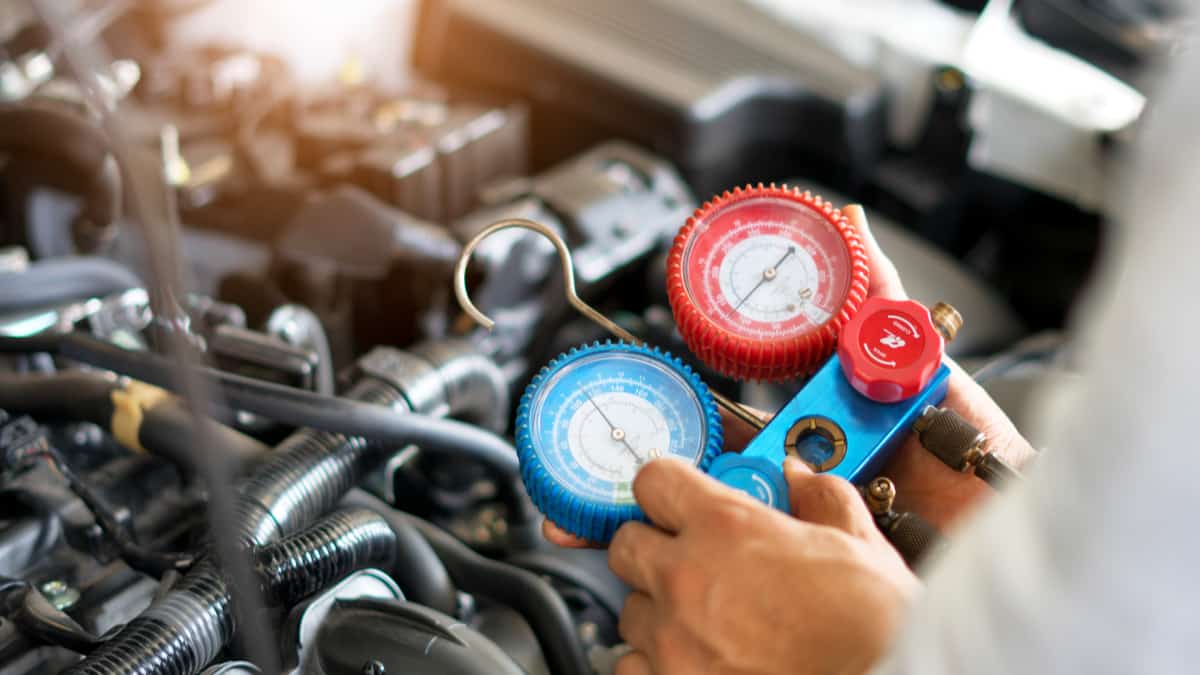
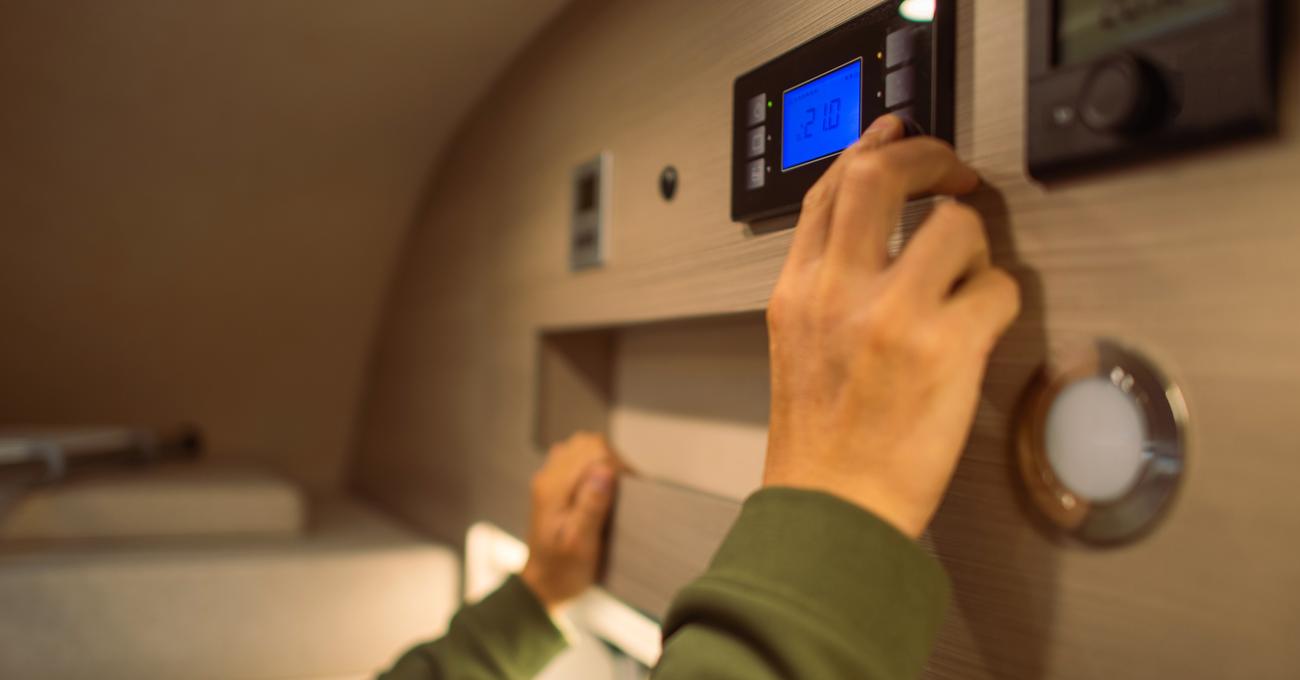
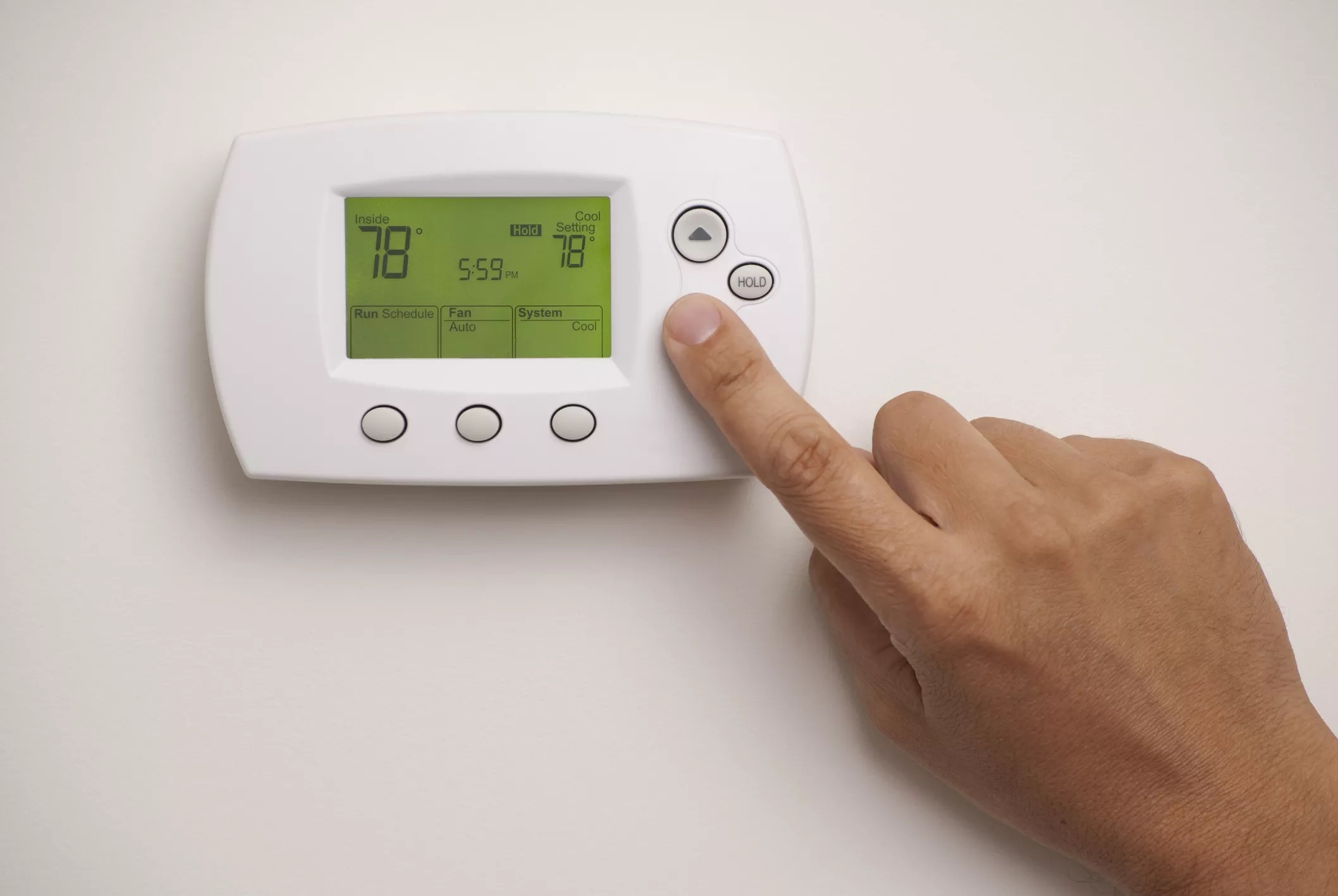
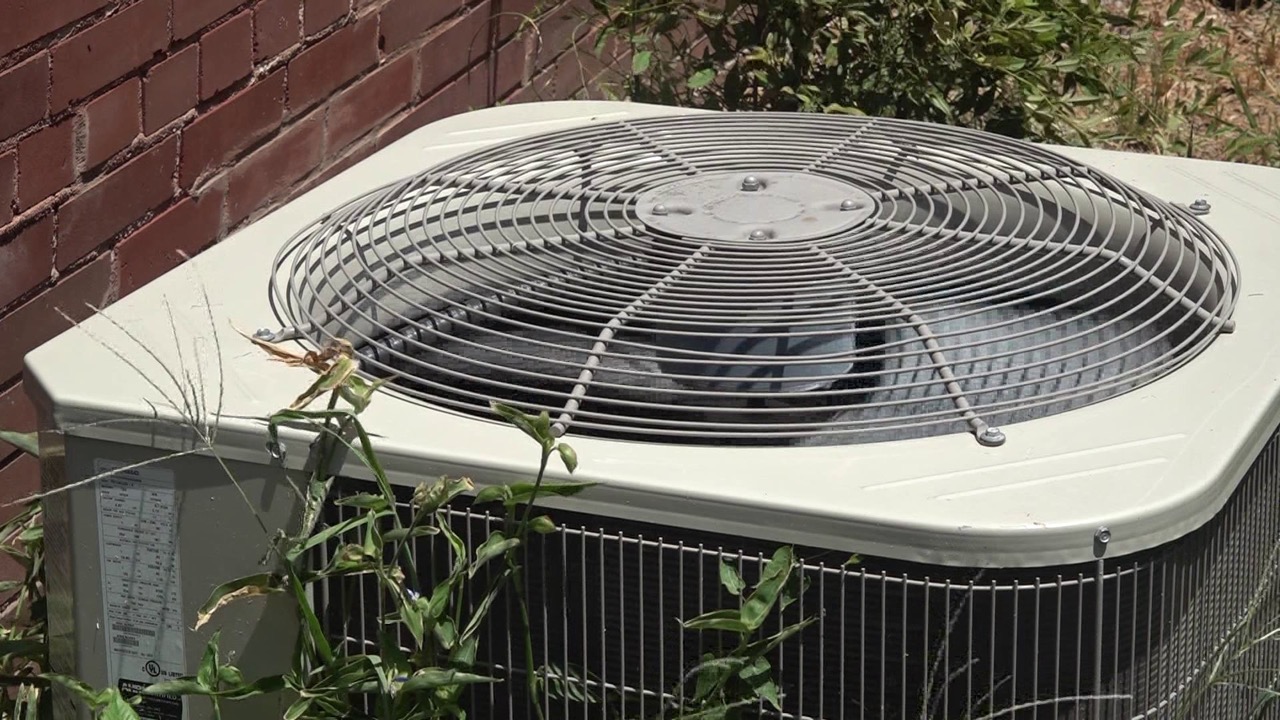
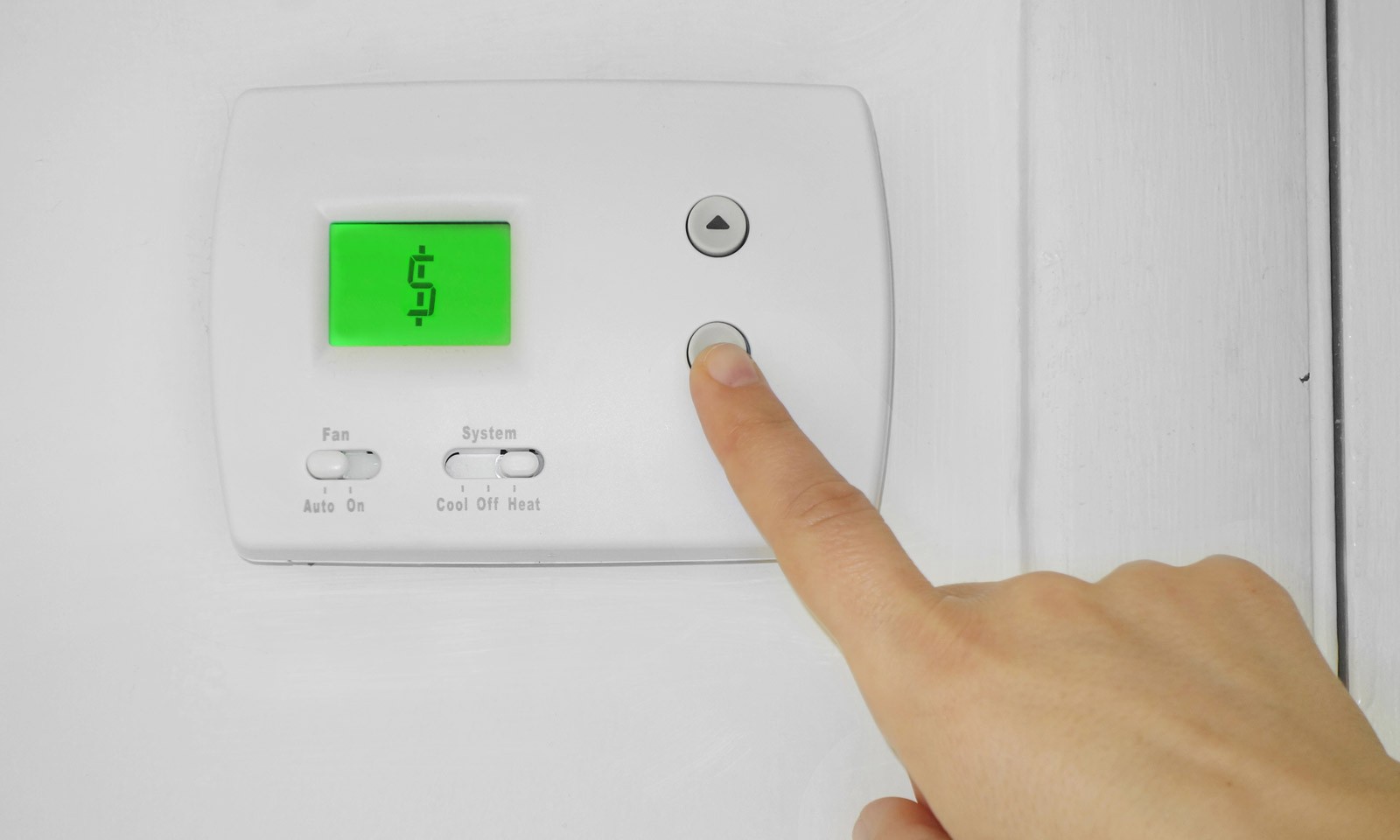
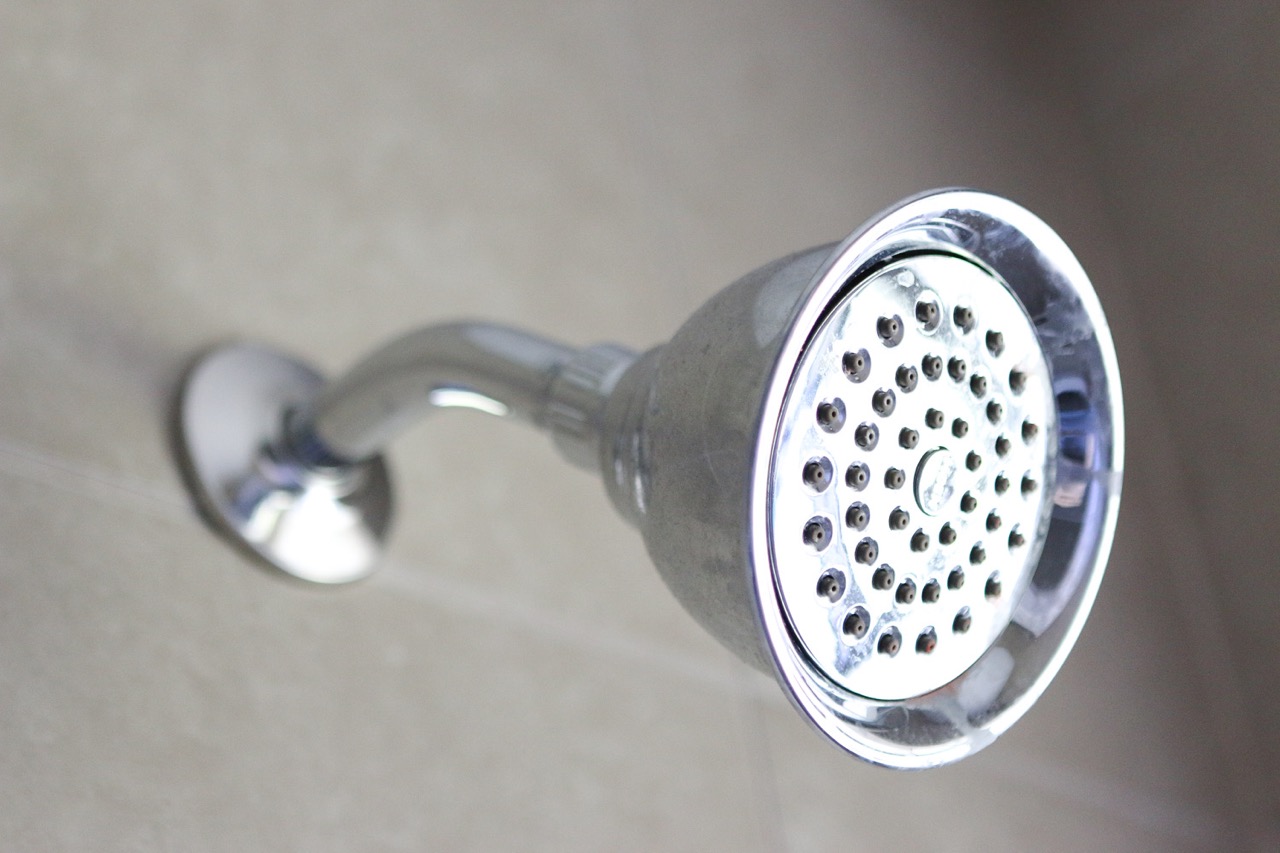
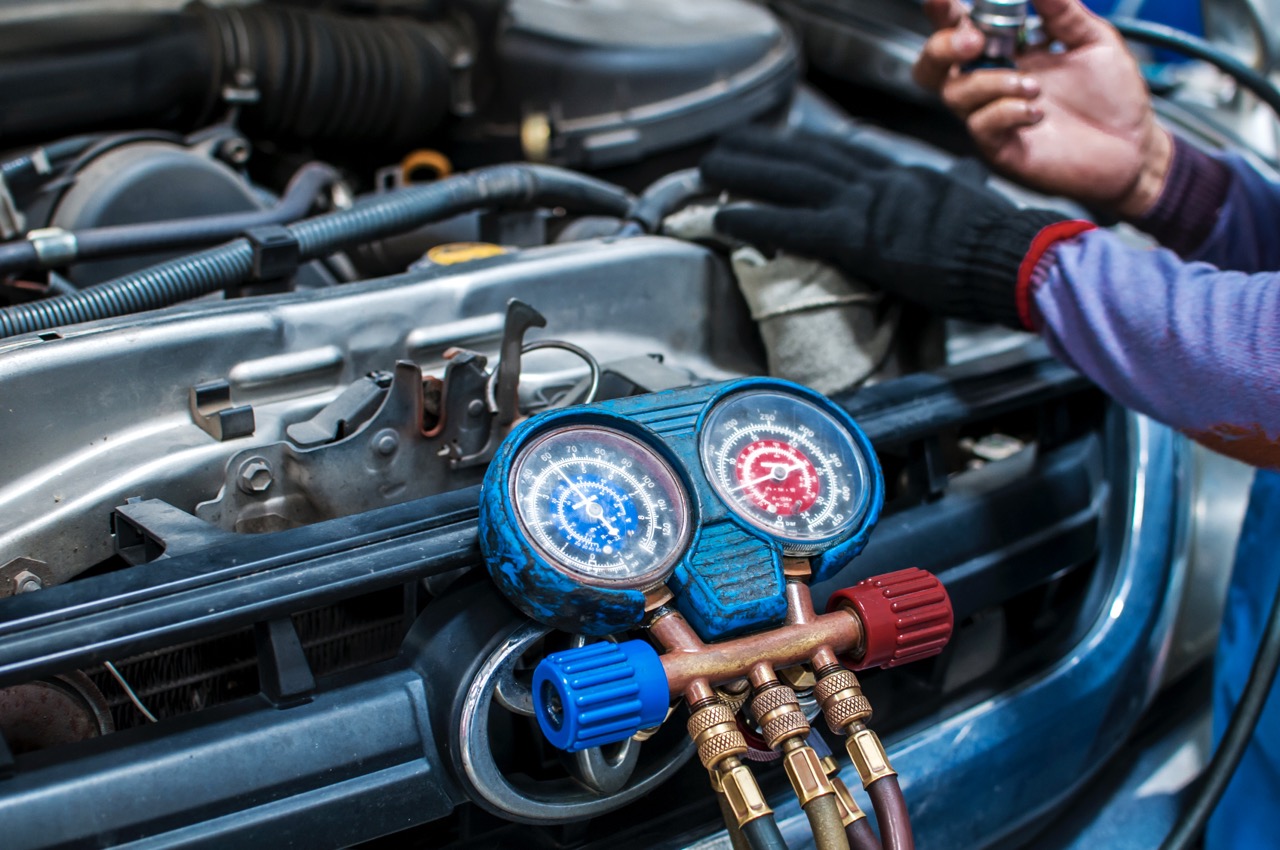
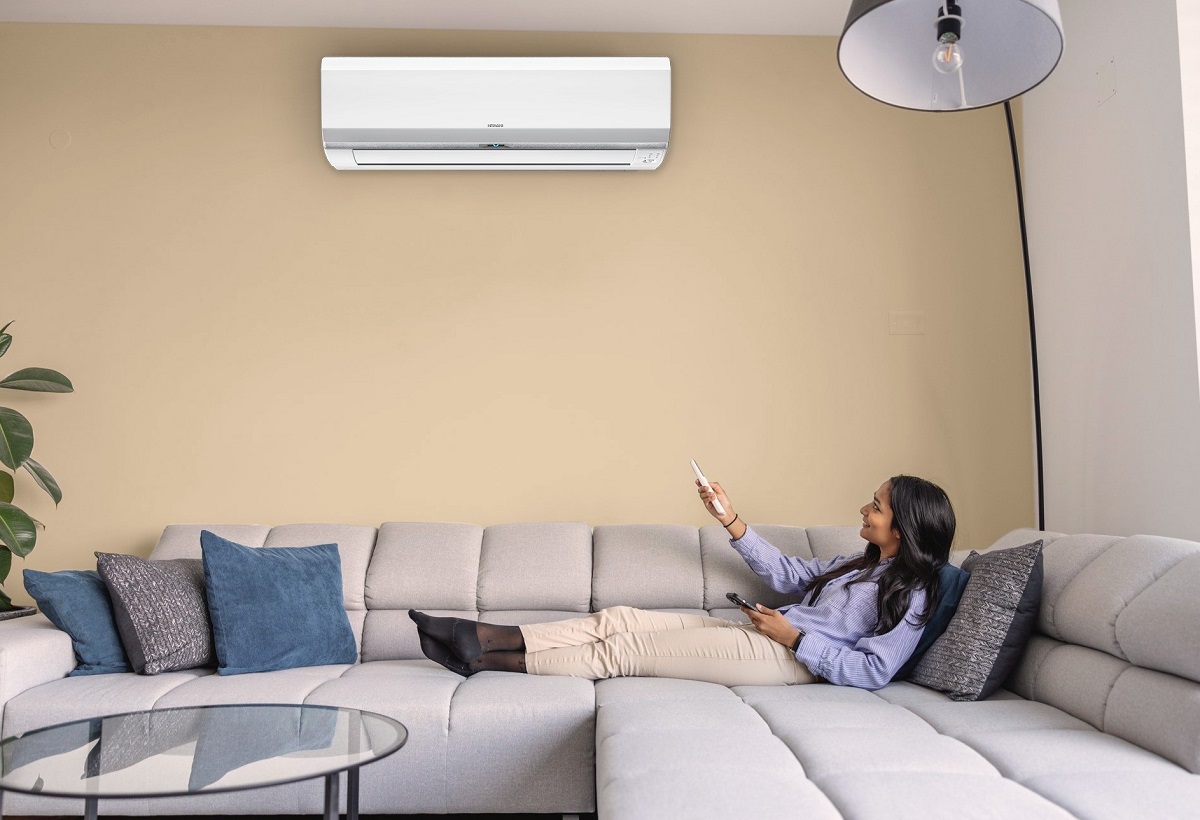
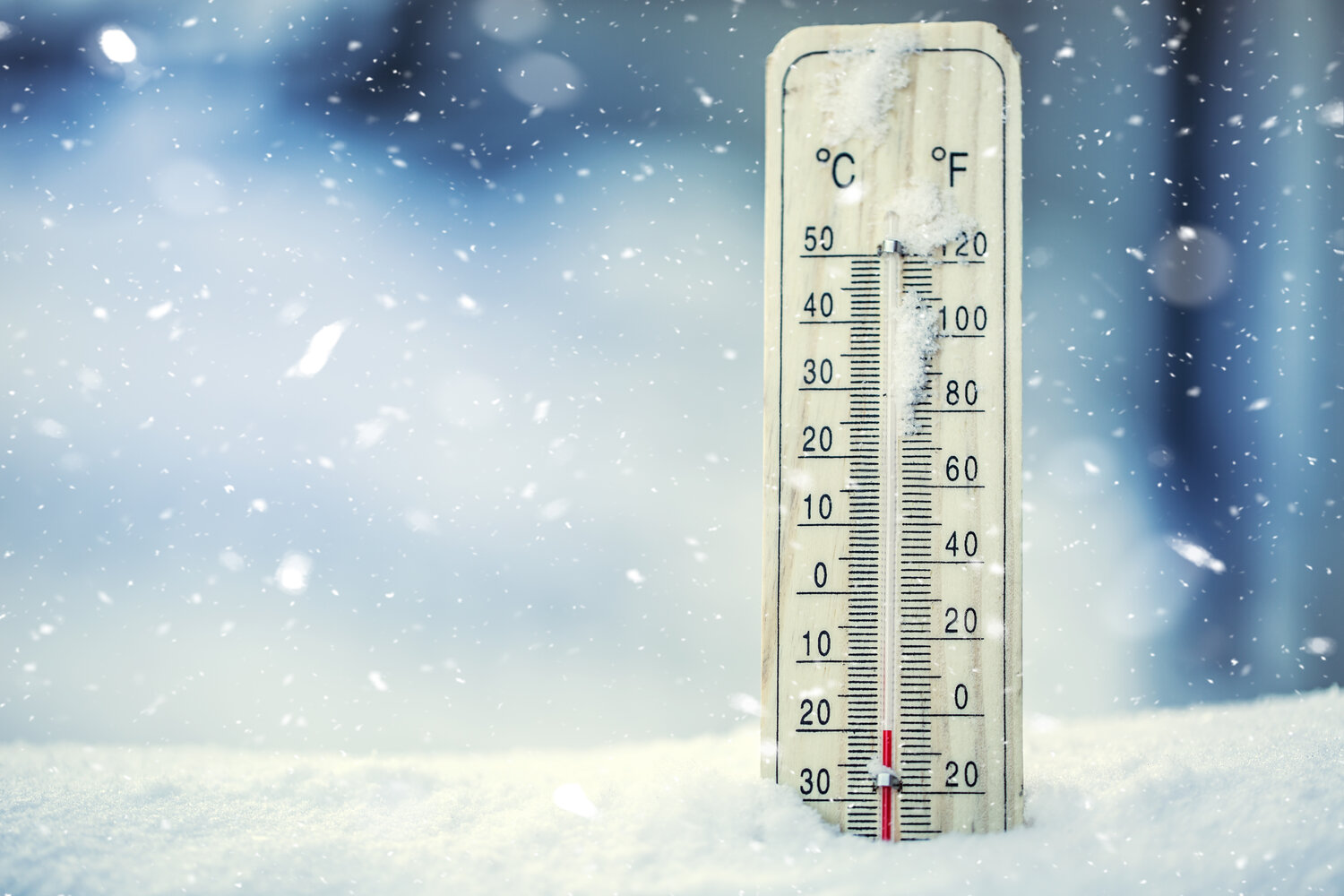
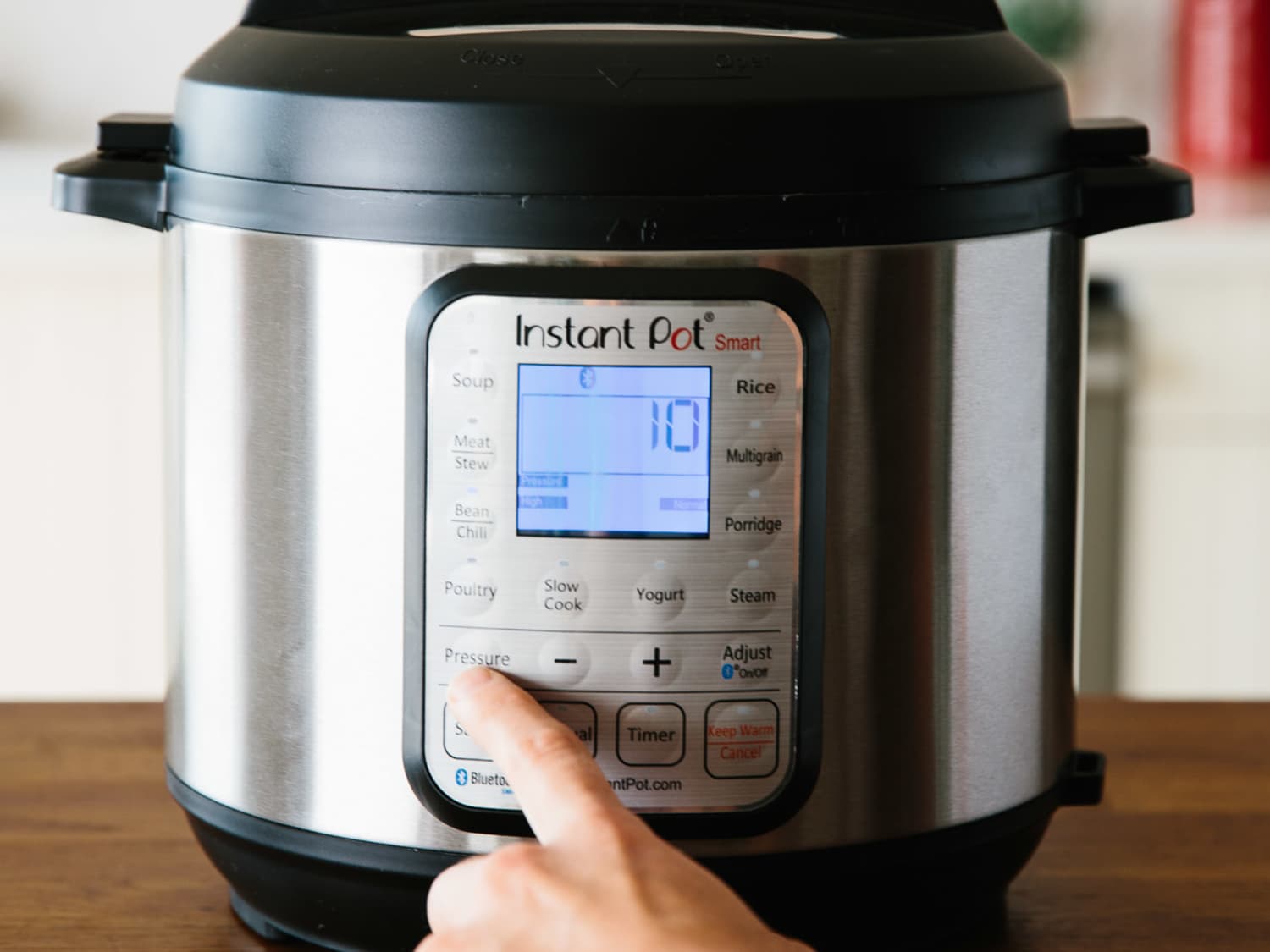
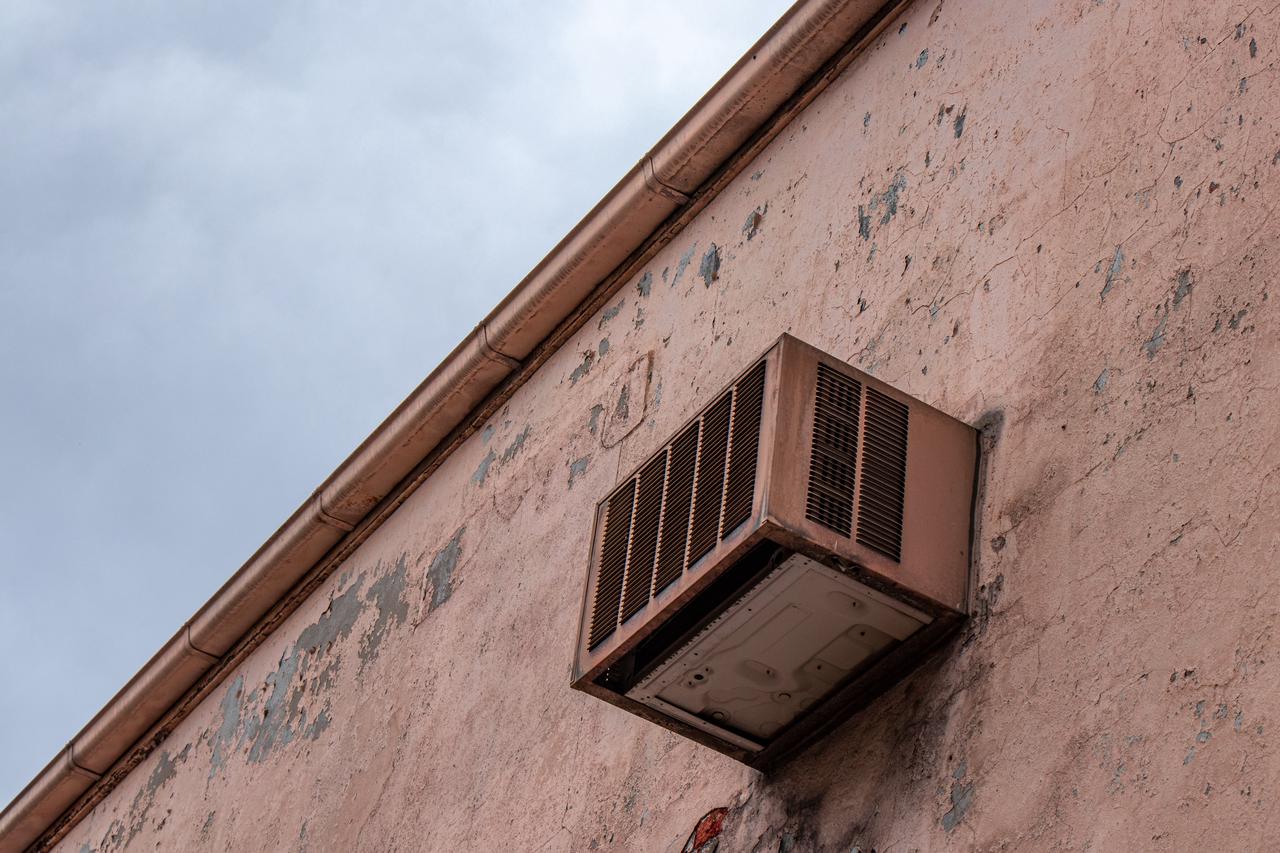
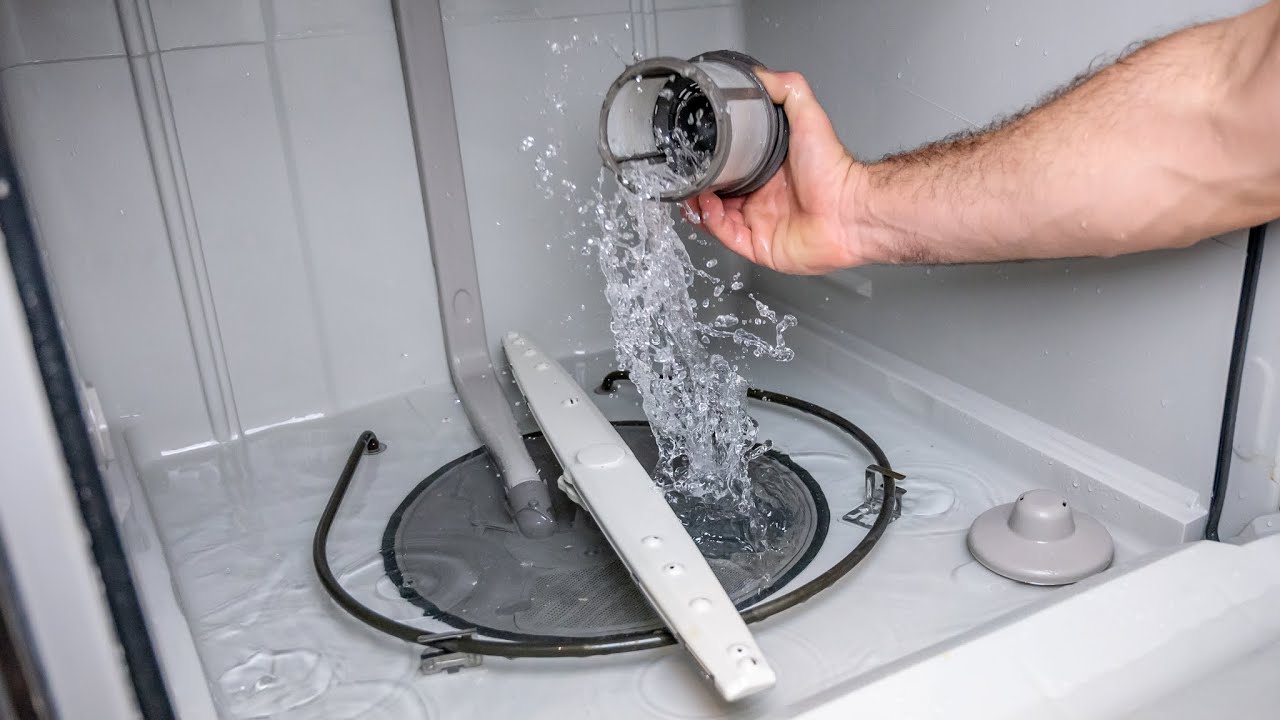
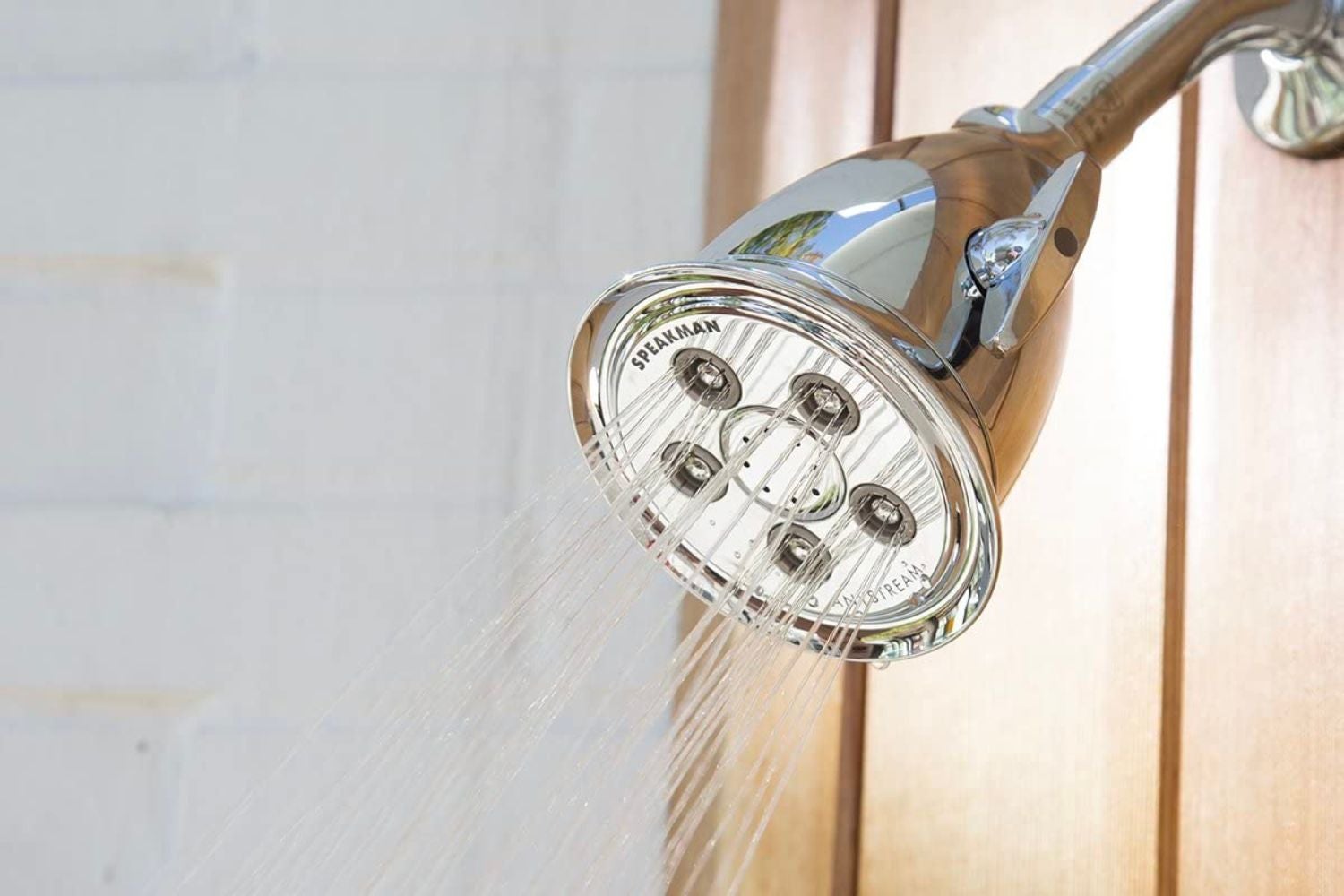
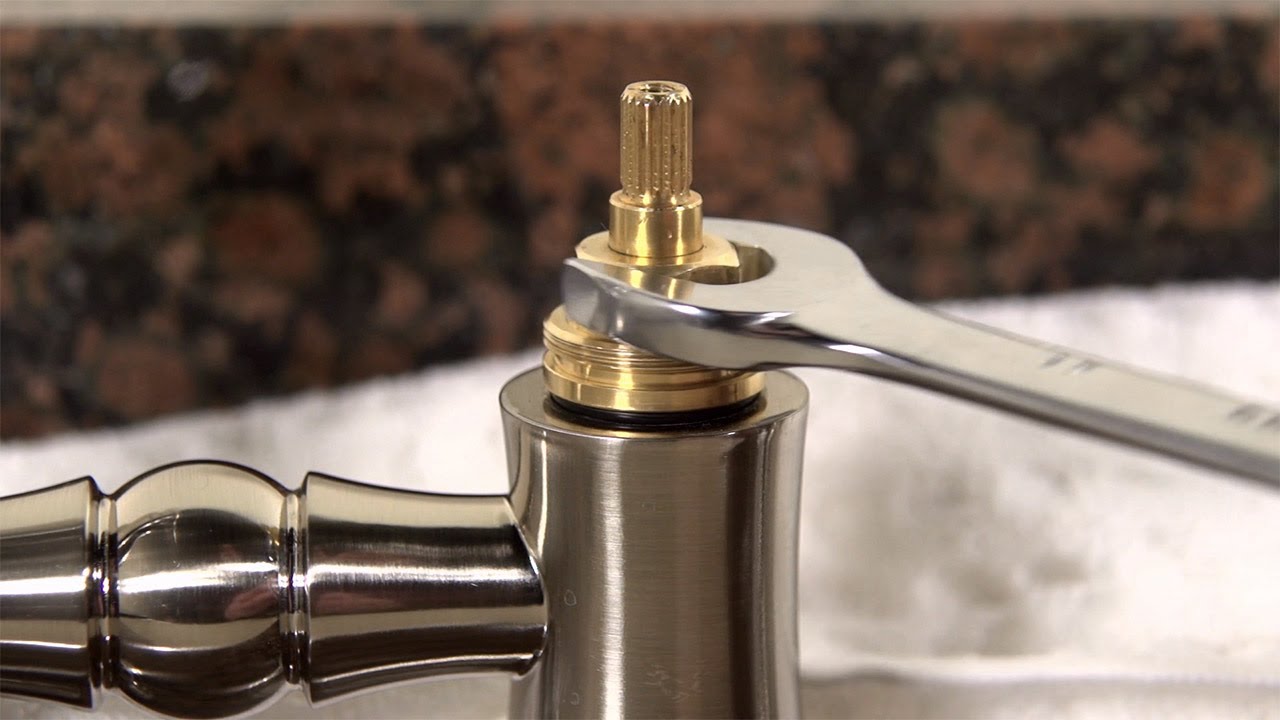

0 thoughts on “AC Low Pressure Drops To Zero When Running”